Year 1
The English curriculum is built around the three interrelated strands of language, literature and literacy. Teaching and learning programs should balance and integrate all three strands. Together, the strands focus on developing students' knowledge, understanding and skills in listening, reading, viewing, speaking, writing and creating. Learning in English builds on concepts, skills and processes developed in earlier years, and teachers will revisit and strengthen these as needed.
In Year 1, students communicate with peers, teachers, known adults and students from other classes.
Students engage with a variety of texts for enjoyment. They listen to, read, view and interpret spoken, written and multimodal texts designed to entertain and inform. These encompass traditional oral texts including Aboriginal stories, picture books, various types of stories, rhyming verse, poetry, non-fiction, film, dramatic performances and texts used by students as models for constructing their own texts.
The range of literary texts for Foundation to Year 10 comprises Australian literature, including the oral narrative traditions of Aboriginal and Torres Strait Islander Peoples, as well as the contemporary literature of these two cultural groups, and classic and contemporary world literature, including texts from and about Asia. Literary texts that support and extend Year 1 students as independent readers involve straightforward sequences of events and everyday happenings with recognisably realistic or imaginary characters. Informative texts present a small amount of new content about familiar topics of interest and topics being studied in other areas of the curriculum. These include decodable and predictable texts which present a small range of language features, including simple and compound sentences, some unfamiliar vocabulary, a small number of high-frequency words and words that need to be decoded phonically, as well as illustrations and diagrams that support the printed text.
Students create a variety of imaginative, informative and persuasive texts including recounts, procedures, performances, literary retellings and poetry.
(source: www.australiancurriculum.edu.au)
Achievement Standard
Receptive modes (listening, reading and viewing)
By the end of Year 1, students understand the different purposes of texts. They make connections to personal experience when explaining characters and main events in short texts. They identify that texts serve different purposes and that this affects how they are organised. They describe characters, settings and events in different types of literature.
Students read aloud, with developing fluency. They read short texts with some unfamiliar vocabulary, simple and compound sentences and supportive images. When reading, they use knowledge of the relationship between sounds and letters, high-frequency words, sentence boundary punctuation and directionality to make meaning. They recall key ideas and recognise literal and implied meaning in texts. They listen to others when taking part in conversations, using appropriate language features and interaction skills.
Productive modes (speaking, writing and creating)
Students understand how characters in texts are developed and give reasons for personal preferences. They create texts that show understanding of the connection between writing, speech and images.
They create short texts for a small range of purposes. They interact in pair, group and class discussions, taking turns when responding. They make short presentations on familiar topics. When writing, students provide details about ideas or events, and details about the participants in those events. They accurately spell high-frequency words and words with regular spelling patterns. They use capital letters and full stops and form all upper- and lower-case letters correctly.
(source: www.australiancurriculum.edu.au)
- Plus Plan
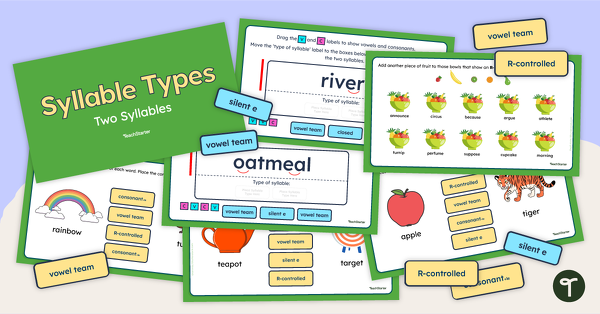
Syllable Types – Two Syllables Interactive Activity
Identify types of syllables in two-syllable words with this Google Slides Interactive activity.
- Plus Plan
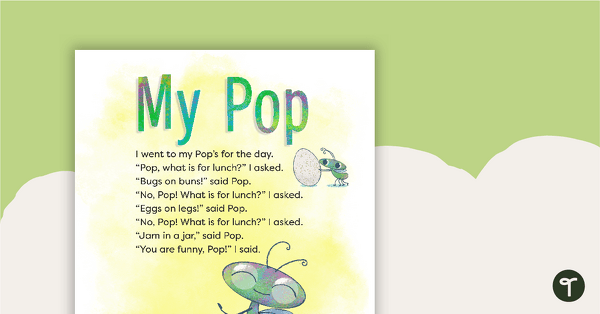
My Pop! - Read and Respond Worksheet
A cute narrative with accompanying worksheet.
- Plus Plan
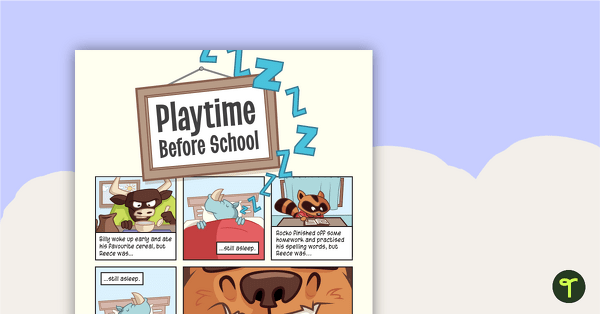
Playtime Before School – Worksheet
A comprehension worksheet for a comic from the Year 1 magazine (Issue 3).
- Plus Plan
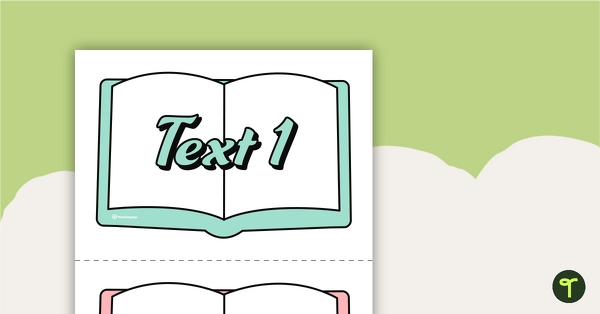
Narrative Writing Bump It Up Wall – Year 1
A visual display for your classroom to help students ‘bump up’ their narrative writing.
- Plus Plan
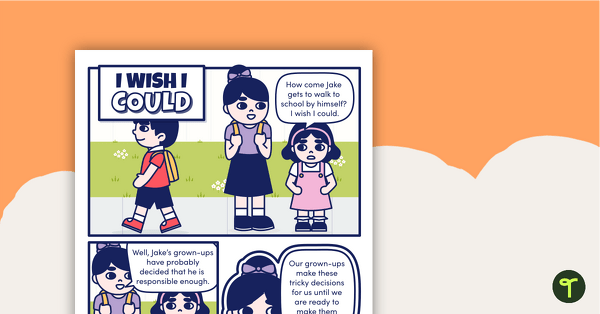
I Wish I Could – Worksheet
A comprehension worksheet for a comic from the Year 2 magazine (Issue 3).
- Plus Plan
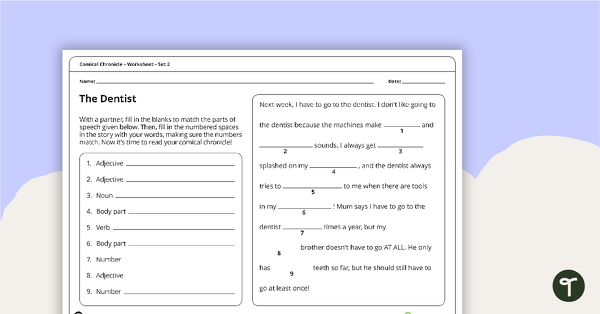
Comical Chronicle Worksheets – Year 3 – Set 2
A set of 10 ad-lib style stories for students to complete.
- Plus Plan
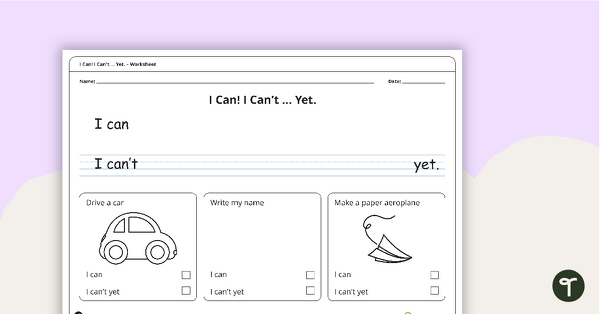
I Can! I Can't ... Yet. – Handwriting Worksheet (Version 1)
A handwriting worksheet designed to help students goal set by reflecting on what they can and cannot do yet.
- Plus Plan
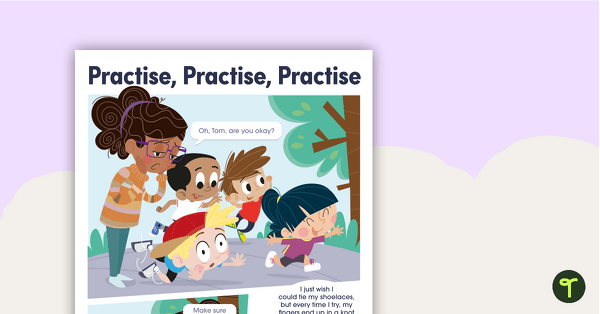
Practise, Practise, Practise (Tying Your Shoelaces) – Worksheet
A comprehension worksheet for a comic from the Year 1 magazine (Issue 2).
- Plus Plan
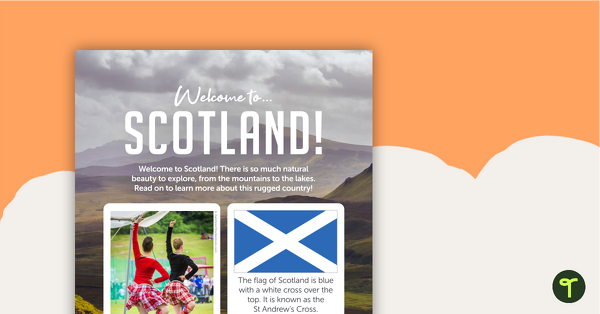
Welcome to Scotland! – Worksheet
A comprehension worksheet for a country profile from the Year 1 magazine (Issue 2).
- Plus Plan
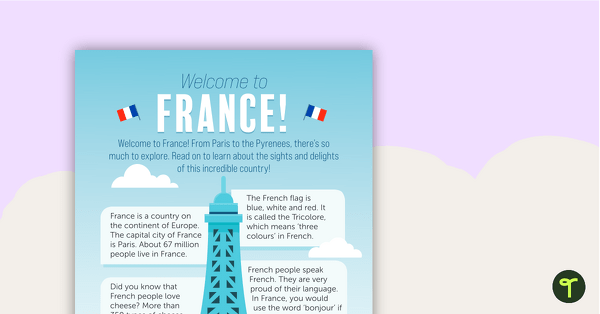
Welcome to France! – Worksheet
A comprehension worksheet for a country profile from the Year 2 magazine (Issue 2).
- Plus Plan
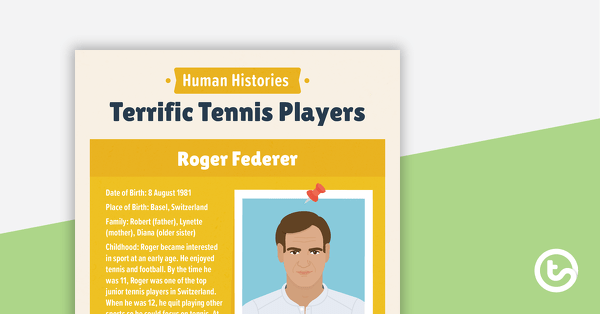
Human Histories: Terrific Tennis Players – Worksheet
A comprehension worksheet for a human histories article from the Year 2 magazine (Issue 2).
- Plus Plan
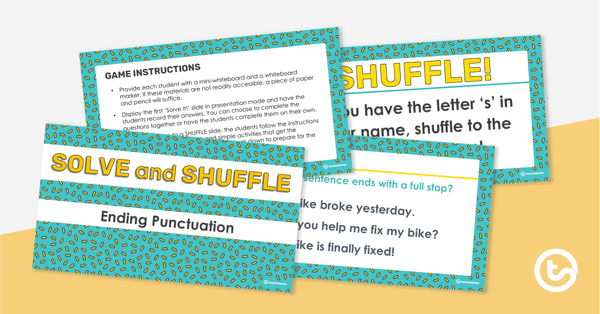
Solve and Shuffle - Ending Punctuation PowerPoint Game
An active PowerPoint game to practise ending punctuation.
- Plus Plan
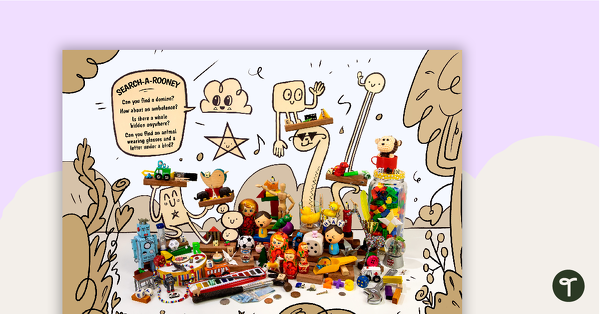
Search-a-Rooney 1 – Comprehension Worksheet
A comprehension worksheet for a image stimulus poster where students need to locate objects and characters.
- Plus Plan
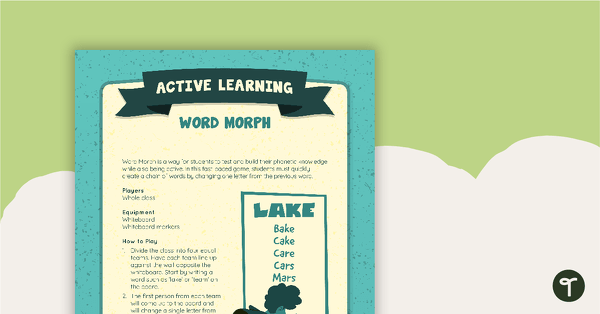
Word Morph Active Game
An active game that allows students to test and build their phonetic knowledge.
- Plus Plan
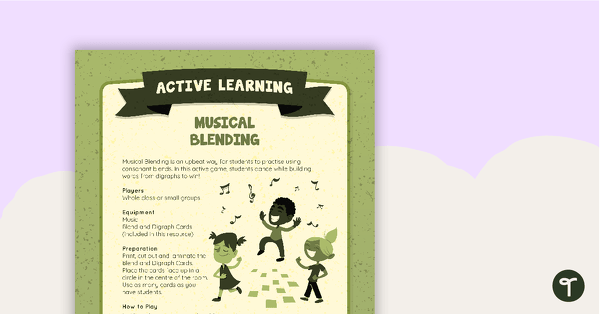
Musical Blending Active Game
An active game that allows students to practise using blends and digraphs.
- Plus Plan
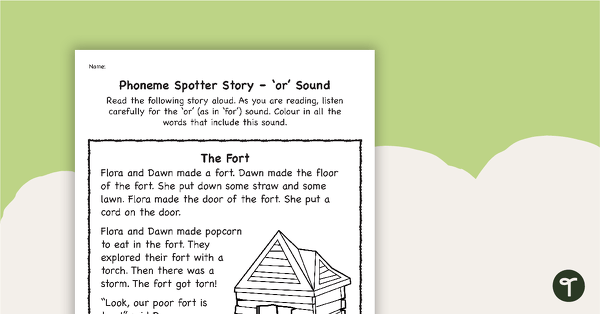
Phoneme Spotter Story – 'or' Sound
A decodable text featuring various graphemes that make the ‘or’ sound.
- Plus Plan
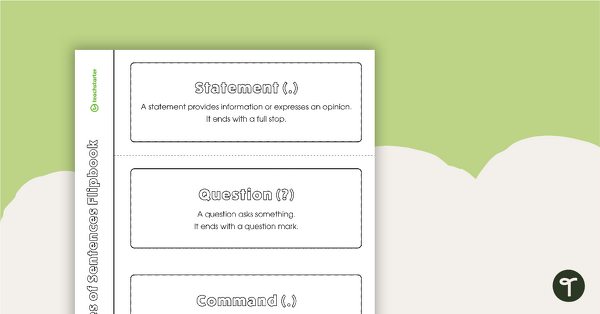
Statement, Question, Command, Exclamation Flipbook
A template for students to use when learning about the four types of sentences.
- Plus Plan
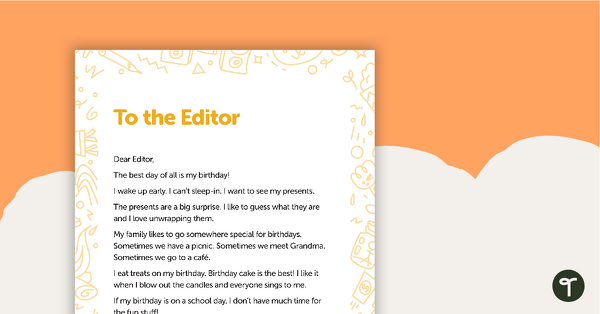
Letter to the Editor (No-School Birthdays) – Worksheet
A comprehension worksheet for a letter to the editor from the Year 1 magazine (Issue 2).
- Plus Plan
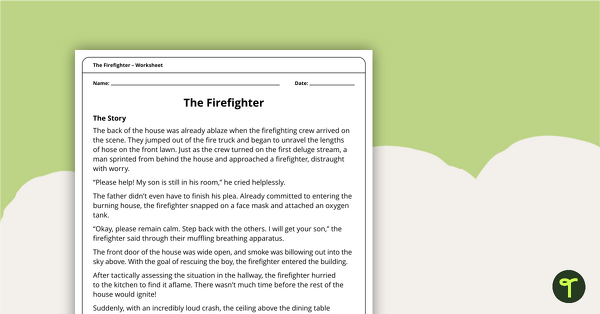
The Firefighter Story – International Women's Day
A story and accompanying worksheet that explores issues regarding female gender stereotypes.
- Plus Plan
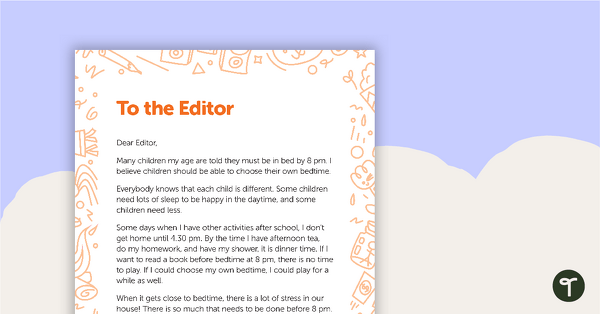
Letter to the Editor (Choosing Bedtime) – Worksheet
A comprehension worksheet for a letter to the editor from the Year 2 magazine (Issue 2).
- Plus Plan
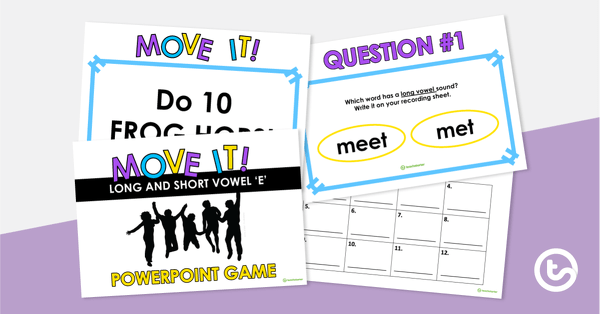
Move It! - Long and Short Vowel 'e' PowerPoint Game
An active PowerPoint game to practise reading and identifying long and short vowel ‘e’ words.
- Free Plan

Books for Sharing Indigenous Perspectives - Poster
A list of Indigenous storybooks for the classroom recommended by Aboriginal education organisation, Wingaru Education.
- Plus Plan

Fox Book Report Template
A fun fox book report template for your students to use when giving their opinion of a book.
- Plus Plan
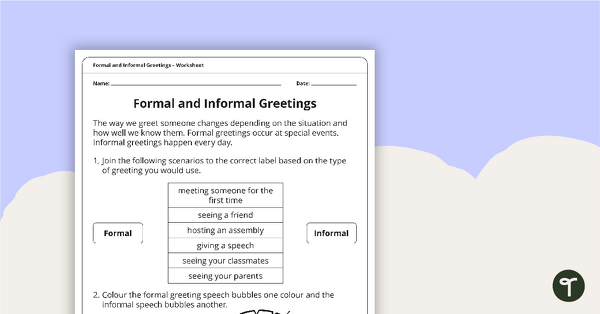
Formal and Informal Greetings – Worksheet
A sorting worksheet where students distinguish the differences between formal and informal greetings.
- Plus Plan
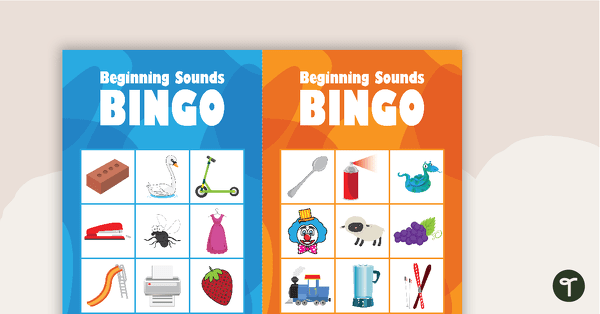
Initial Blends Bingo
30 different bingo cards using beginning sounds.
- Plus Plan
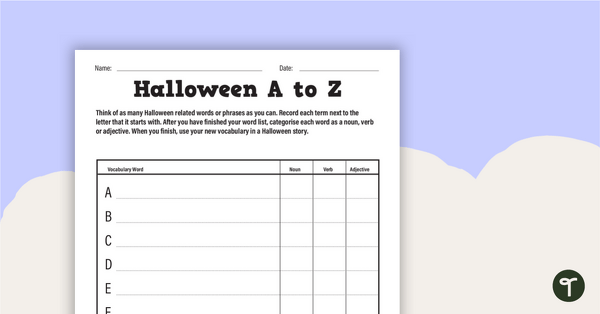
Halloween A to Z - Vocabulary Activity
Improve vocabulary and knowledge of nouns, verbs, and adjectives with a printable Halloween worksheet.
- Plus Plan
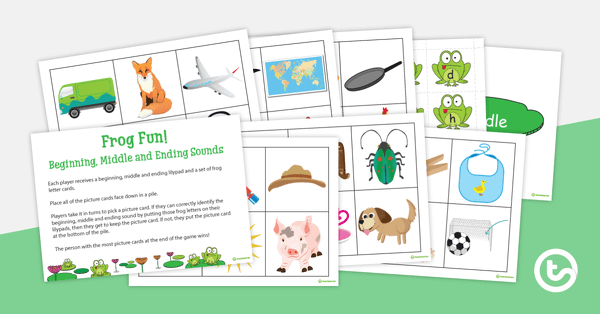
Frog Fun Game - Beginning, Middle and Ending sounds
Game cards and instructions for a frog-themed CVC word combination game.
- Plus Plan
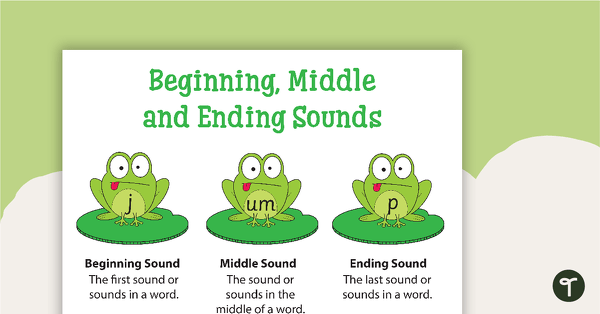
Beginning, Middle and Ending Sounds – Frogs Poster
A frog themed poster for CVC words
- Free Plan
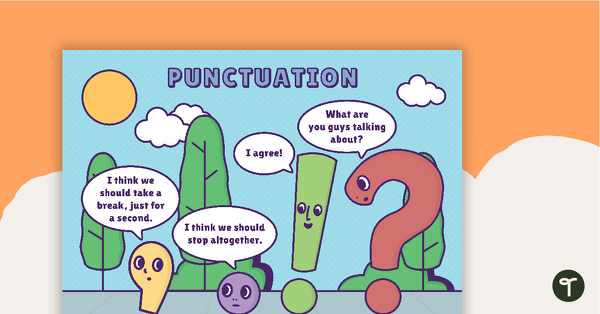
Punctuation Poster
A cute punctuation poster to display in your classroom.
- Plus Plan
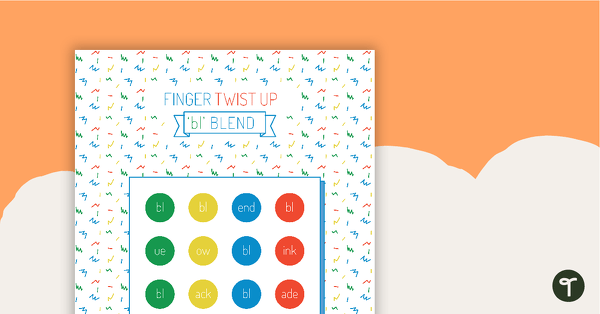
Finger Twist Up - Phonics Game
A fun, engaging board game to consolidate students' understanding of blends and sounds.
- Plus Plan
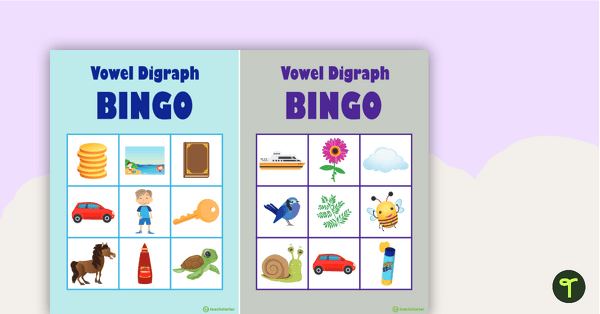
Vowel Digraph Bingo
Thirty different bingo cards using vowel digraph graphemes.
- Plus Plan
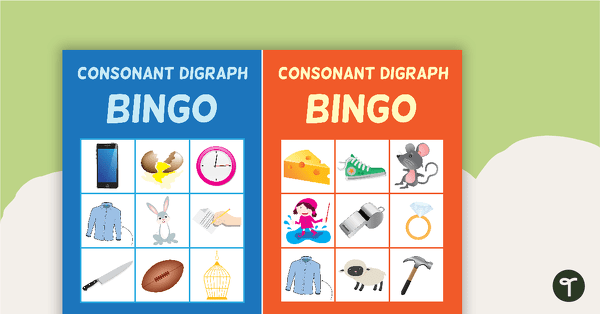
Consonant Digraph Bingo
Thirty different bingo cards using consonant digraph graphemes.